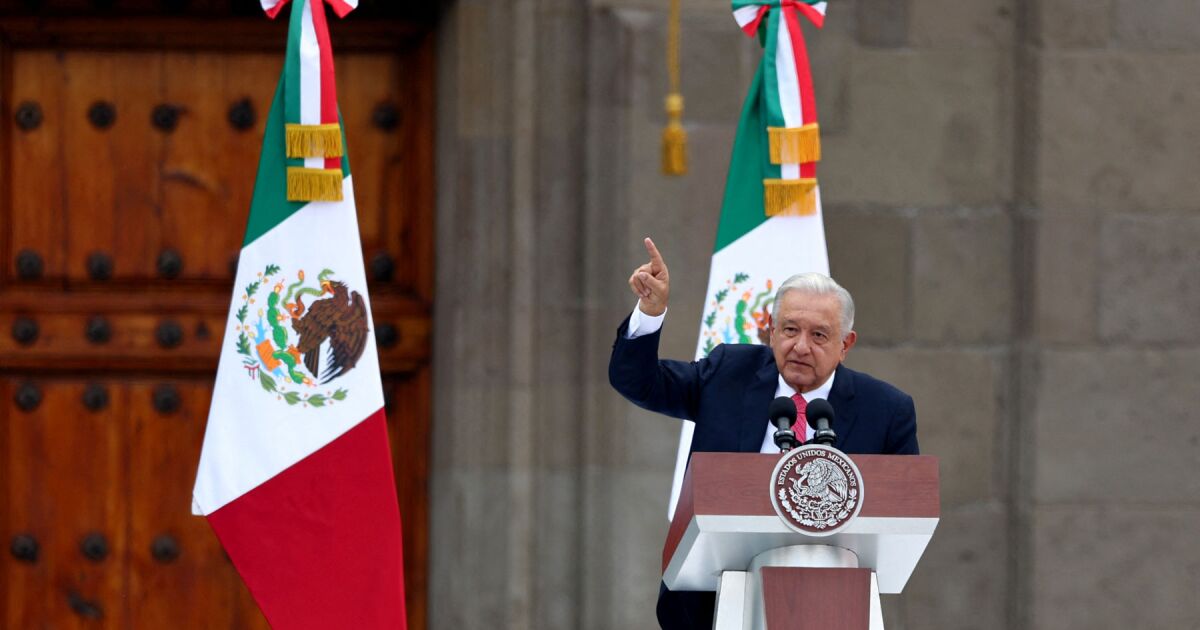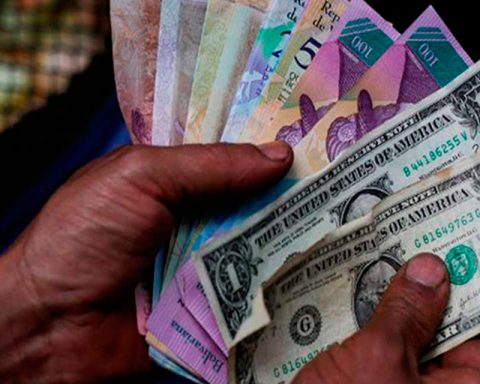According to Treasury expectations, by the end of 2024, the debt with López Obrador is expected to have grown by 6.6 points, compared to the end of 2018, Peña Nieto’s last year.
What is the Historical Balance of Public Sector Financial Requirements?
It is the highest measure of public sector debt, and includes all financial obligations, both internal and external, contracted by the federal government, plus those entities that act on its behalf, according to the Center for Public Finance Studies (CEFP).
At the end of July, this balance amounted to 16.305 trillion pesos; 1.44 trillion more than at the end of December 2023, when it was 14.865 trillion.
High interest payments
The increase in the reference interest rate applied by the Bank of Mexico, starting in June 2021, in response to the wave of inflation that began in 2020, left consequences for the López Obrador government.
In all the periods from January to July from 2019 to 2024, the financial cost of the debt represented on average 12% of the net expenditure of the public sector, the highest compared to the same periods of the administrations of Calderón Hinojosa (8.7%) and Peña Nieto (9.1% of public expenditure). In June 2021, when the increases to the reference rate began, it was at 4.25%, it reached a historical maximum of 11.25% in March 2023, and remained at that level until March 2024.
Debt above investment
During López Obrador’s six-year term, physical investment (public infrastructure) in proportion to net public spending remained below the amount allocated to paying interest on the debt.
In terms of public finances, it is preferable to have more investment than debt expenses. Physical investment stimulates the economy and attracts private investment, while interest payments are an expense that does not generate production, explained Christopher Cernichiaro, a postdoctoral researcher at the Universidad Autónoma Metropolitana (UAM).
Deficit at maximum level
Meanwhile, public sector debt requirements increased by 60.1% at the end of July, reporting a deficit of 1.043 billion pesos, the highest amount recorded by the Treasury in the first seven months of each year.
The fiscal deficit, measured by the Public Sector Financial Requirements (PSFR), represents the difference between the public administration’s spending needs and its revenues, which come mainly from oil exports and tax collection. A deficit indicates that more is spent than the revenue generated.














